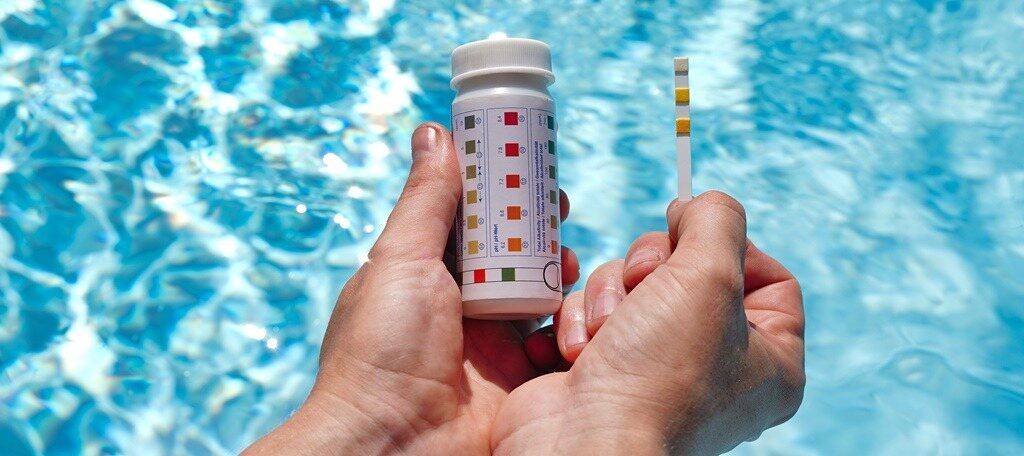The Chlorinated Solution To The Chlorine Price Hike
As the demand for disinfection and sanitation products skyrockets in response to the COVID-19 pandemic, chlorine shortages and price increases have left many water treatment facilities scrambling for alternative solutions.
Some facilities are turning to ultraviolet light technology, ozone treatment, or other chemicals like sodium hypochlorite (also known as liquid bleach) to disinfect water. However, these alternatives can be costly and may not be as effective as chlorine in killing certain pathogens.
Other facilities are focusing on prevention measures such as improved filtration processes to reduce the need for heavy disinfection.
It is crucial that water treatment facilities continue to adhere to stringent safety standards and find creative solutions to maintain clean, safe water for their communities.
How to lower your need for chlorine in water treatment?
– Implement source water protection measures
– Improve filtration processes
– Explore alternative disinfection methods, such as ultraviolet light technology or ozone treatment
– Use less chlorine when possible by closely monitoring and adjusting chemical dosages for maximum effectiveness
– Regularly inspect and maintain equipment to ensure proper functioning and reduce contaminants in the water supply.
Alternative options to use less chlorine may be more costly and may not be as effective, but it is important to consider these solutions in light of the current chlorine shortages and price increases. It is also important to continue working towards long term solutions for sustainable clean water access for all communities.
Why do pools even need chlorine in the first place?
Chlorine is used in pools as a disinfectant to kill bacteria and other harmful pathogens. Without chlorine, these pathogens could cause swimmers to become ill. Chlorine also helps to keep the water clear by breaking down organic contaminants such as sweat and urine. However, too much chlorine can be irritating to the skin and eyes and can lead to respiratory issues. It is important to properly maintain chlorine levels in pools to ensure both sanitation and comfort for swimmers. Alternatives to chlorine for pool disinfection include ultraviolet light technology and ozone treatment, though they may be more expensive options.
How long do you have to wait after shocking the pool before you can swim?
It is recommended to wait at least 20 minutes after shocking a pool before swimming. This allows the chlorine levels to dissipate and reach a safe level for swimmers. The amount of time may vary depending on the size and circulation of the pool, so it is important to test and monitor the chlorine levels before allowing anyone to enter the water. It is also important to properly shock a pool on a regular basis in order to maintain clean and safe swimming conditions. Shocking should always be done following the directions on the product label and according to your pool’s specific needs.
This was a wrap from us. Hope you know everything there’s needed to be known regarding musical fountains. If you need any information regarding swimming pools in Delhi, indoor/outdoor fountains in Delhi, or jacuzzis in Delhi, connect with Green Evolutions.





